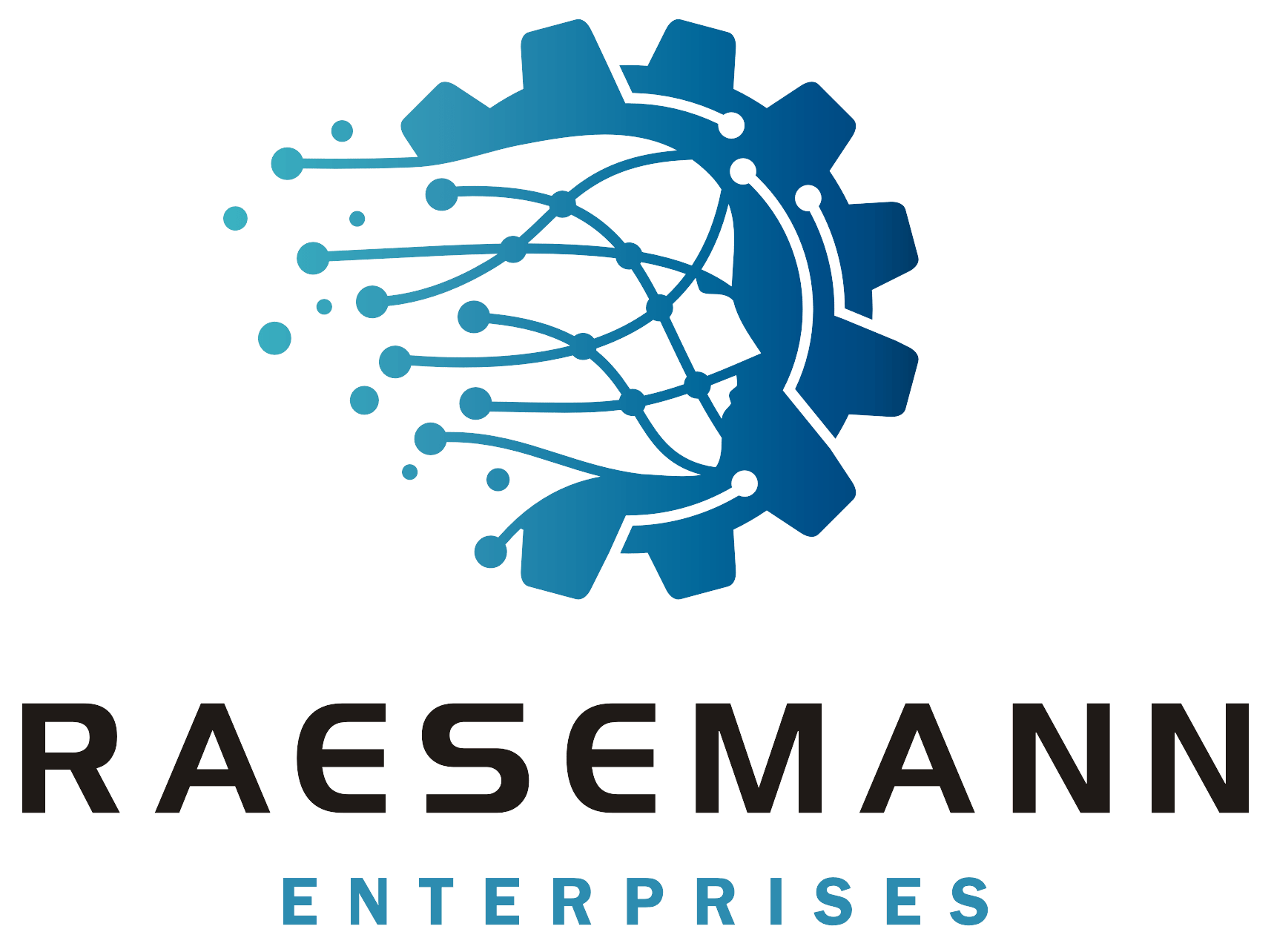Configuring a new OSIsoft vCampus Development Server
The time has come to renew my OSIsoft vCampus subscription. This is the second year of the vCampus program and my second year participating. In case you are not familiar with vCampus, you can find the site here http://vcampus.osisoft.com.
I’ve been working with PI since PI 3 was released on Windows NT around 1996. I have been earning a living primarily as a PI professional services provider since 2000. In the early days, I was only able to get my hands on new PI software when a customer ordered it. This was frustrating because I ran into the classic chicken and egg scenario where I could not try software and work on demos until a customer purchased it and customers were reluctant to purchase the new software because I had not tried it. OSIsoft addressed the program a few years ago with their partner program. Partners received licenses for all of the PI software. For the first time, I was able to build sand box environments and try everything.
Last year OSIsoft decided to improve on this model and start the virtual campus or vCampus site. As a developer I subscribe to the vCampus site for an annual fee of $1500. I receive a logon to the vCampus site and have access to pretty much everything I need to develop applications around the OSIsoft PI system. Through vCampus I have access to all of the PI software including many early beta releases. The vCampus site is a virtual community with hundreds of developers working on PI. We communicate on forums and exchange ideas and work out problems. OSIsoft developers post blog entries to give us a windows into what they are thinking. OSIsoft also hosts many webinars to explore topics suggested by the community. I also have access to all of the official documentation as well as many white papers. I would say that the vCampus site has greatly enhanced the development community that has grown around the PI products.
I also have a Microsoft Developers Network (MSDN) subscription. This gives me access to all of the Microsoft software as well as access to developer forums and other items. The combination of MSDN and vCampus allows me to keep up to date with all of the new releases as they come out. When customers decide to deploy something, it is likely that I have already been working with it for months.
I am configuring the following in a VMWare Workstation environment:
VM 1:
- Windows 2003 Domain Controller
VM 2:
- Windows 2008
- SQL Server 2008
- Microsoft Sharepoint Server Enterprise 2003 SP2 with Excel Services
- PI Server 3.4.380 (Windows Integrated Security)
- Application Framework (AF) Server 2.1
- PI Advanced Calculation Enginer (ACE) 2.1
- Rt Webparts (Sharepoint Portal)
- PI DataLink for Excel Services
- PI OLEDB Provider 3.3.0.1
- PI SQL Data Access Server (DAS) 32 bit
- PI to PI interface
- PI System Management Tools 3.3.1.3
Having this environment already configured in VMWare offers many advantages.
- I can save a snapshot of the system prior to experimenting. This allows me to easily return to the starting point after the experiment.
- I can easily deploy a copy of the environment and begin developing a prototype for a customer. I do not have to spent a lot of time configuring a development environment. The customer gets better bang for their buck.
- I can work on my workstation at the office or copy the VM to my laptop and take it on the road.
- While on the road I can use the PI to PI interface to feed live data from a production PI system to develop prototypes without the risk of interfering with that production environment. If available, I can also use a VPN connection to do the same thing. I can very quickly configure a prototype for the customer to try without ever having to set foot on site. In today’s world of reduced budgets and tight timelines, this is a perfect development scenario.
I have also done some experimenting with Terminal Services Gateway. This enables me to remotely run applications in my development environment. This could be very convenient when I am on the road as I can leave everything running on my workstation and just access it remotely via my wireless card. I could also easily give access to customers. Of course I was able to do this sort of stuff back in 1992 on Unix systems but it is still exciting to be able to do it with my favorite PI software today.
